Introduction: Where the Pav Rules Supreme
Maharashtra, that sprawling, bustling state on India’s western coast, is where food isn’t just sustenance—it’s a way of life. Whether dodging traffic in Mumbai or lounging in a quiet village in the Western Ghats, the aroma of something delicious is never far away. The culinary landscape here is as varied as its geography, from the coconut-laden Konkan coast to the arid plains of Vidarbha. And let’s not forget the dietary habits of its people, shaped by the land they inhabit. Vegetarianism reigns supreme in the spectrum of Maharashtrian food, thanks to the fertile soil yielding lentils, grains, and vegetables, but coastal and inland regions also boast a thriving non-vegetarian scene. Think pomfret cooked in Koli style or Nagpur’s fiery mutton dishes.
Maharashtrian food is a masterclass in balance: spicy, tangy, sweet, and everything in between. It’s a cuisine that knows how to party, whether it’s a humble street snack or a lavish home-cooked feast. So, grab a plate (or a pav), and let’s dive into this delicious world.
The Essence of Maharashtrian Food: Spice, Sweet, and Everything in Between
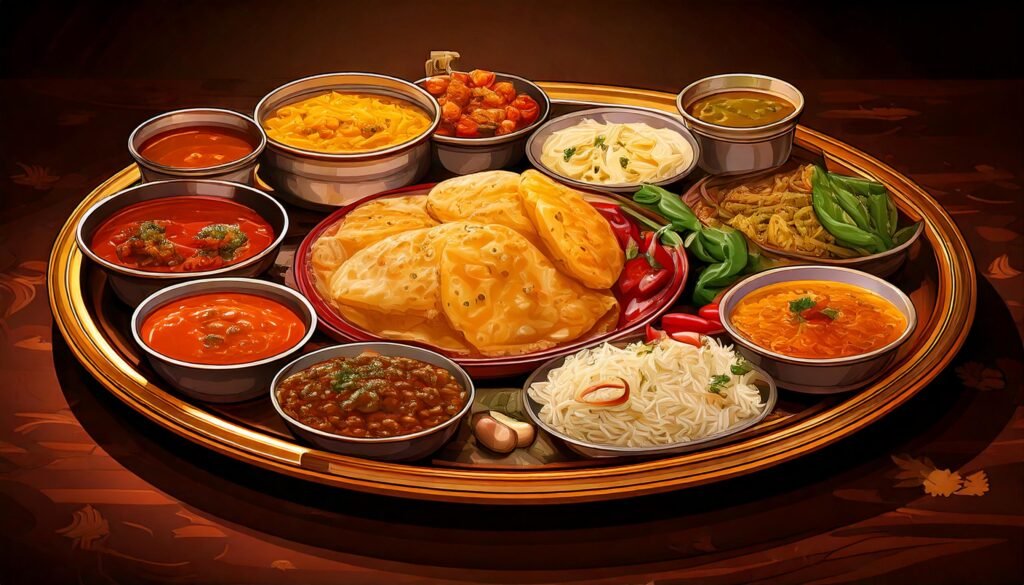
Maharashtrian food is like that friend who’s always the life of the party—bold, vibrant, and impossible to ignore. The cuisine is a reflection of the state’s diverse topography. The Konkan coast, with its coconut palms and fishing villages, gives us seafood curries and coconut-based delights. Meanwhile, the Deccan Plateau, with its rocky terrain and scorching sun, leans heavily on lentils, millets, and fiery spices.
Vegetarianism is deeply ingrained in the culture, thanks to the abundance of crops like jowar, bajra, and pulses. But let’s not forget the coastal Koli community, who’ve turned seafood into an art form, or the meat-loving folks of Nagpur, who’ll happily argue that their mutton is the best in the country.
A typical Maharashtrian meal is a symphony of flavours: a spicy curry, a tangy chutney, a dollop of ghee, and maybe a pickle or two for good measure. It’s a cuisine that knows how to keep things interesting.
Must-Try Maharashtrian Street Foods: Where Chaos Meets Flavour

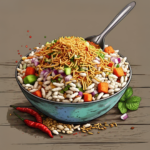

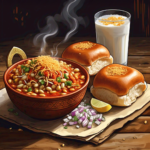

Vada Pav: The Burger of Mumbai
If Mumbai had a national dish, it would be Vada Pav. This humble street food is a study in contrasts: a spicy potato fritter (Batata Vada) sandwiched between a soft pav, slathered with chutneys that range from tangy to fiery. It’s the ultimate on-the-go snack, whether you’re a harried office worker or a tourist trying to navigate the chaos of Dadar station. I once ate three in a row—purely for research, of course.
Bhel Puri: A Symphony in a Bowl
Bhel Puri is the kind of dish that makes you wonder why all food can’t be this fun. Puffed rice, sev, chopped veggies, and a medley of chutneys come together in a chaotic yet harmonious mix. It’s crunchy, tangy, spicy, and sweet—all at once. Perfect for when you’re strolling along Marine Drive, pretending you’re in a Bollywood movie.
Pav Bhaji: Butter, Glorious Butter
Pav Bhaji is Mumbai’s gift to the world. A buttery, spiced vegetable mash served with toasted pav, it’s the kind of dish that makes you forget all your problems. I once watched a street vendor in Colaba add what must have been half a stick of butter to my plate. I didn’t complain.
Misal Pav: For the Brave of Heart
Misal Pav is not for the faint-hearted. This fiery dish of sprouted moth beans in a spicy gravy, topped with farsan and served with pav, is a breakfast staple. It’s the kind of meal that wakes you up better than any cup of coffee. Pro tip: Keep a glass of buttermilk handy.
Kothimbir Vadi: The Coriander Fan’s Dream
Kothimbir Vadi is a savoury snack that’s as fun to say as it is to eat. Made with coriander and chickpea flour, it’s steamed, sliced, and fried to crispy perfection. Pair it with a tangy chutney, and you’ve got the perfect tea-time treat.
Comforting Home Classics: Where Love Meets Ladle

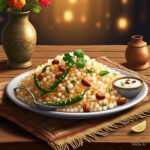
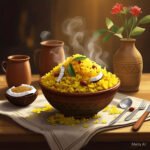

Puran Poli: Sweetness Personified
Puran Poli is the kind of dish that makes you want to hug your grandmother. This sweet flatbread, stuffed with a filling of jaggery and chana dal, is a festival favorite. Drizzle it with ghee, and you’ve got a dessert that’s pure comfort.
Making Puran Poli is no small feat. The dough, made from wheat flour, needs to be soft yet pliable, and the filling—a mixture of chana dal and jaggery—requires patience and precision. The dal is cooked until tender, mashed, and then cooked again with jaggery until it forms a thick, sweet paste. This paste is then stuffed into the dough, rolled out carefully, and cooked on a griddle until golden. It’s a labour of love, and one bite will tell you why it’s worth the effort.
Interestingly, Puran Poli isn’t unique to Maharashtra. Across the border in Gujarat, it’s known as Vedmi, and the preparation is strikingly similar. This cultural spillover is a testament to the shared culinary heritage of the region.
Sabudana Khichdi: The Fasting Food That’s Worth the Wait
Sabudana Khichdi is a dish that proves fasting doesn’t have to be boring. Tapioca pearls, peanuts, and a hint of spice come together in a dish that’s light yet satisfying. It’s the kind of meal that makes you feel virtuous—even if you sneak a second helping.
Poha: Breakfast of Champions
Poha is the unsung hero in the breakfast category of Maharashtrian food. Flattened rice sautéed with mustard seeds, turmeric, and peanuts it’s a dish that’s as comforting as it is simple. I once had it at a roadside dhaba in Pune, and I’ve been chasing that high ever since.
Pithla Bhakri: Rustic and Hearty
Pithla Bhakri is the kind of meal that makes you feel grounded. A thick gram flour curry served with millet bread, it’s a staple in rural Maharashtra. Pair it with a spicy garlic chutney, and you’ve got a meal that’s as wholesome as it gets.
Regional Variations: A Culinary Road Trip
Konkan Coast: Where the Sea Meets the Spice
The Konkan Coast is seafood heaven. Pomfret cooked in Koli style—with coconut, kokum, and a medley of spices—is a dish that’ll make you forget all about fancy restaurants. It’s fresh, flavourful, and utterly satisfying.
The Koli community, indigenous to this region, has perfected the art of seafood cooking. Their dishes are a celebration of the ocean’s bounty, with coconut and kokum adding a unique tanginess that sets Konkan cuisine apart.
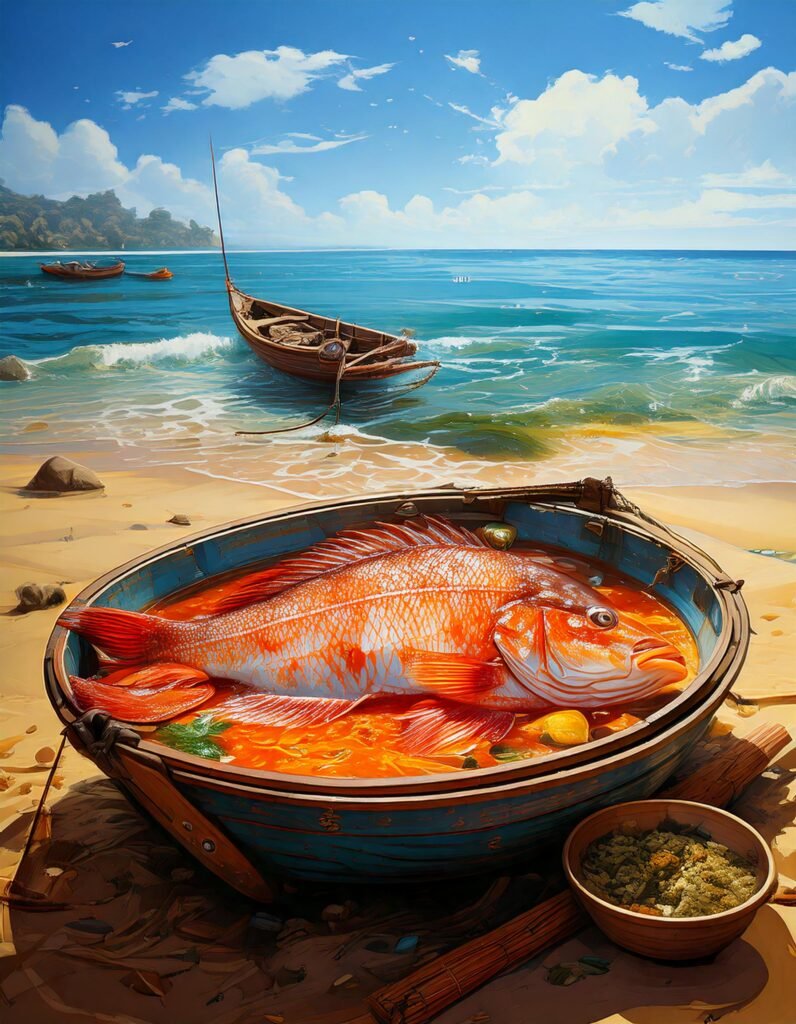
Vidarbha: For the Spice Enthusiasts

Vidarbha is where spice lovers go to paradise. Saoji Mutton, a fiery curry made with a secret blend of spices, is the star of the show. It’s not for the faint-hearted, but if you can handle the heat, it’s a flavour explosion you won’t forget.
The cuisine here is robust, with a focus on meat and lentils. The use of local spices like dagad phool (stone flower) and black stone flower gives the dishes a distinctive flavour that’s hard to replicate.
Pune & Western Maharashtra: Wholesome and Balanced
Pune’s cuisine is like that reliable friend who always knows what you need. Thalipeeth, a multi-grain pancake, is a wholesome dish that’s as nutritious as it is delicious.
The region’s food is a blend of tradition and innovation, with dishes that are hearty yet balanced. The use of local grains and vegetables is a nod to the region’s agricultural roots.

Khandesh & Marathwada: Hearty and Spicy
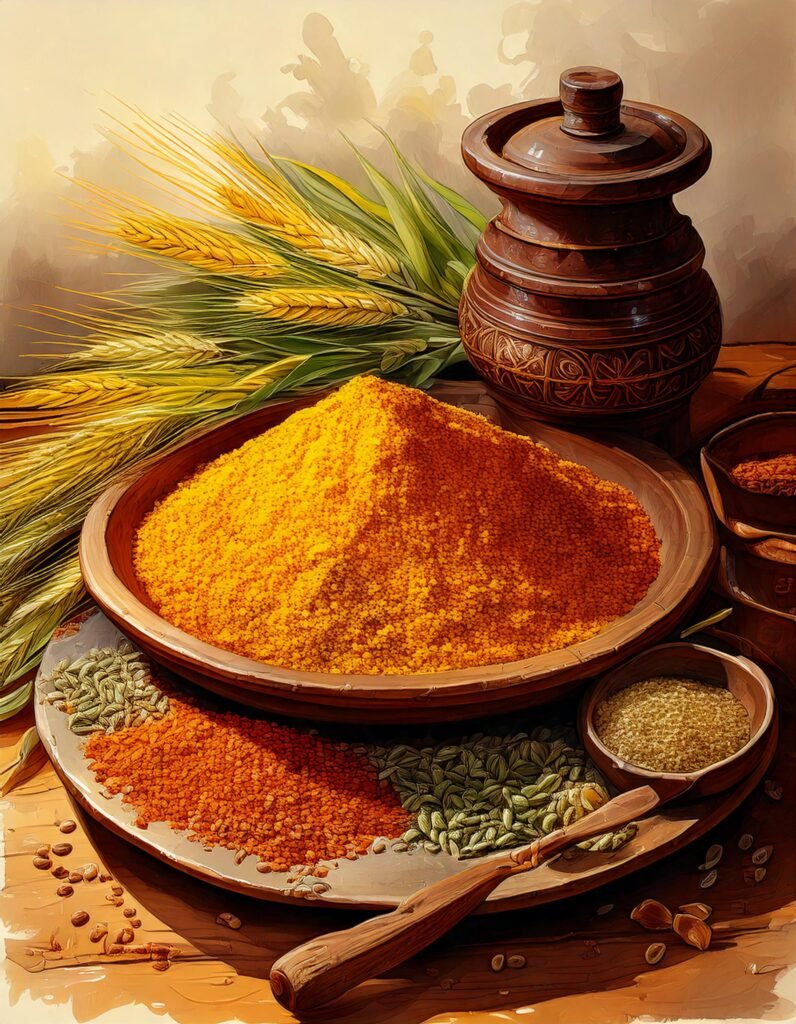
Khandesh and Marathwada are known for their hearty, spicy meals. Peanuts and sesame seeds feature prominently, adding a nutty depth to the dishes.
The cuisine here is a reflection of the region’s arid climate, with dishes that are designed to provide sustenance and energy. The use of local ingredients like jowar and bajra is a testament to the resourcefulness of the people.
Sweet Endings: Because Dessert is Non-Negotiable
Modak: Ganesha’s Favourite
Modak, a sweet dumpling filled with coconut and jaggery, is a festival staple. Whether steamed or fried, it’s a treat that’s worth the effort.
Making Modak is an art form. The rice flour dough is notoriously tricky to work with—too dry, and it cracks; too wet, and it becomes a sticky mess. The filling, a mixture of coconut and jaggery, needs to be just right—not too sweet, not too bland. Once the dough is rolled out, the filling is carefully stuffed inside, and the dumplings are shaped into their characteristic pleated form. Steamed or fried, they’re a labour of love that’s worth every bite.
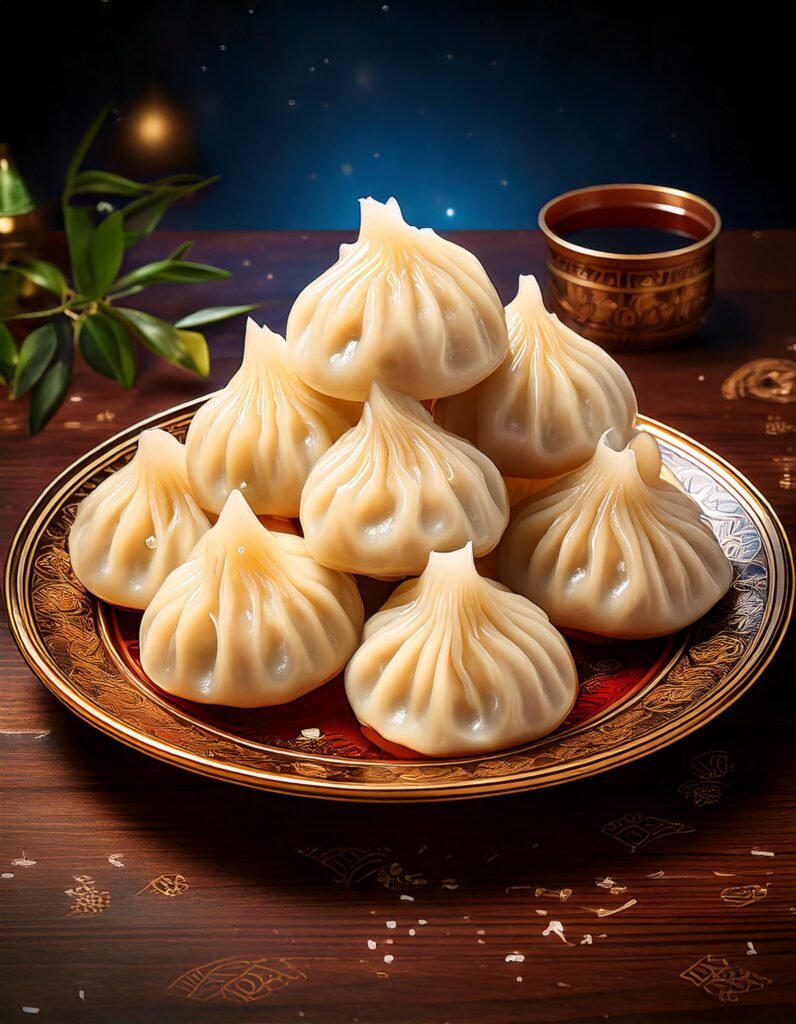
Basundi: Milk’s Luxurious Avatar

Basundi is the kind of dessert that makes you want to slow down and savor every bite. Thick, creamy, and flavoured with cardamom, it’s a dish that’s pure indulgence.
What sets Basundi apart from other milk-based desserts like Kheer, Payasam, or Payesh is its texture. While Kheer is more liquid and rice-based, Basundi is thicker and creamier, with a richness that comes from slow-cooking the milk until it reduces to a luscious, almost custard-like consistency. The addition of cardamom and nuts elevates it to a whole new level of decadence.
Aamras: Mango Magic
Aamras, a sweet mango pulp served with puris, is summer in a bowl. Made with Alphonso mangoes, it’s a dish that’s as luxurious as it is simple.
Alphonso mangoes, known as the king of mangoes, have a Geographical Indication (GI) tag, which means they can only be grown in specific regions of Maharashtra, Gujarat, and Karnataka. Their rich, creamy texture and sweet, aromatic flavour make them the perfect choice for Aamras. The dish is a celebration of the mango season, and every spoonful is a reminder of why Alphonso mangoes are so highly prized.
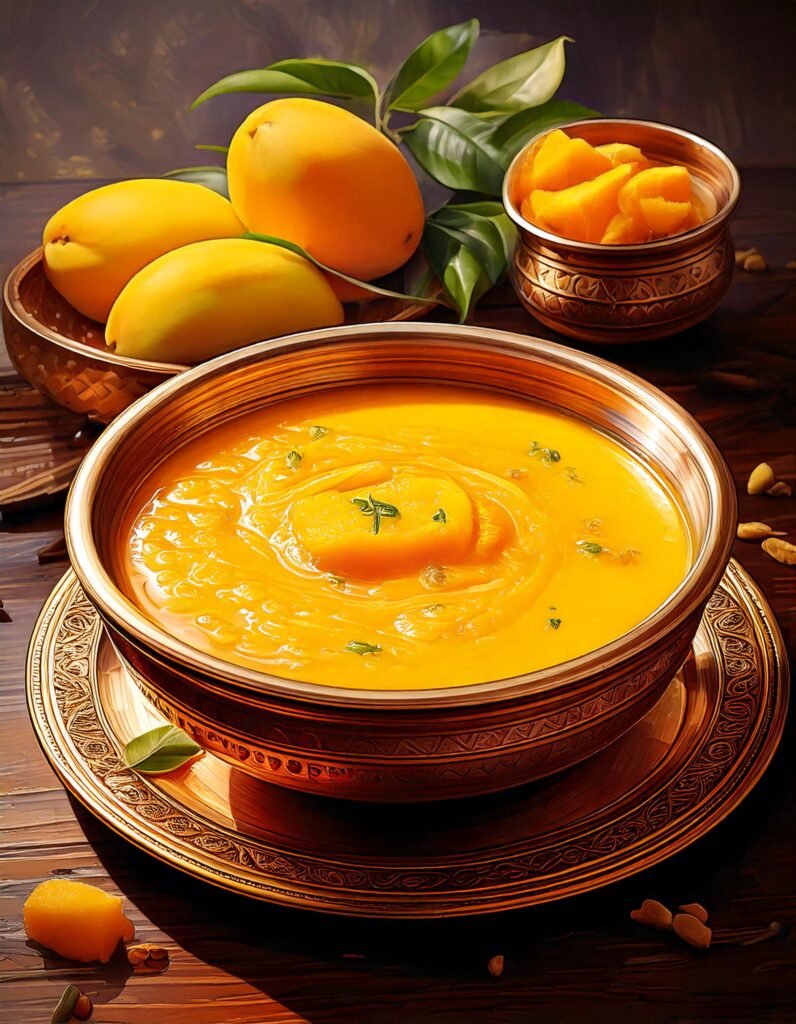
Simplicity in diversity
Someone once told me that Maharashtrians, as a community, boast the largest number of surnames in India. Now, that’s what I call a feat of diversity! And honestly, it’s no surprise—Maharashtrian food is just as varied, vibrant, and full of personality. It’s like a bustling bazaar of flavours, textures, and traditions, where every dish has a story to tell. From the spicy, greasy joy of Vada Pav to the earthy, soul-soothing comfort of Pithla Bhakri, this is food that doesn’t just fill your stomach—it feels like a warm hug from your favourite aunt.
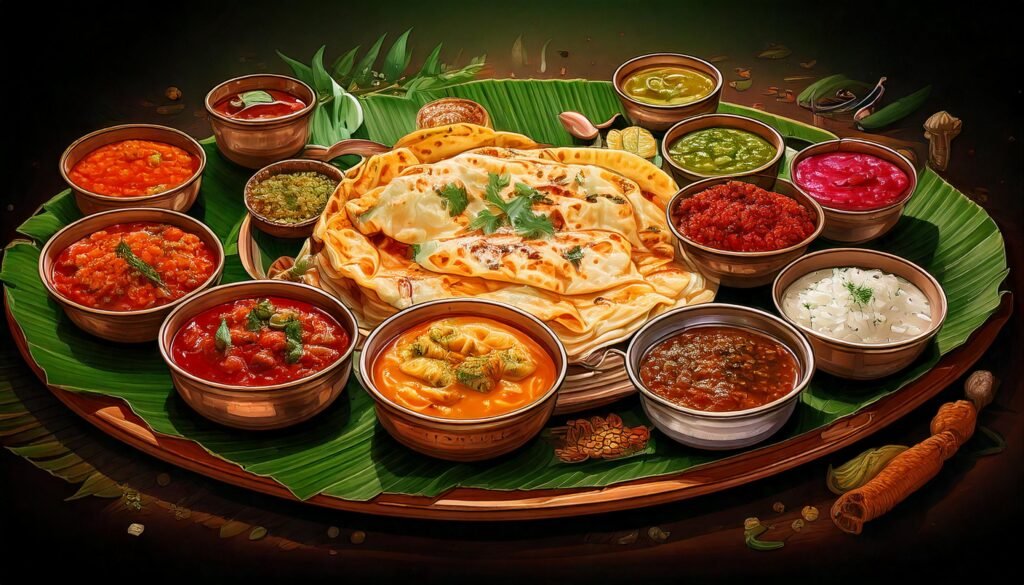
So, the next time you find yourself in Maharashtra, don’t just eat. Savour. Explore. Let the chaos of Mumbai’s streets or the quiet charm of a Konkan village guide you to culinary treasures. And if you’re feeling particularly brave, dive into that fiery Saoji Mutton from Nagpur. Just remember to keep a glass of buttermilk nearby—you’re going to need it. Trust me, you’ll thank me later. Or maybe you’ll curse me through the tears. Either way, it’ll be an adventure.







Монтаж и обслуживание отопления – качественные услуги сантехника
сантехник спб срочно [url=http://www.santehniknadom-spb.ru]http://www.santehniknadom-spb.ru[/url] .
AI cover letter generator: Beat competition with tailored content
ai coverletter generator [url=http://www.createcoverletterfree.com]http://www.createcoverletterfree.com[/url] .
I am sorry, it not absolutely approaches me. Perhaps there are still variants?